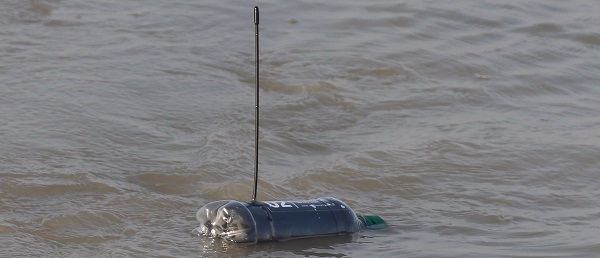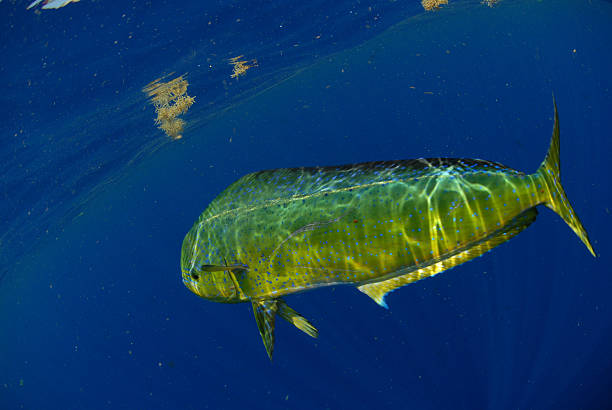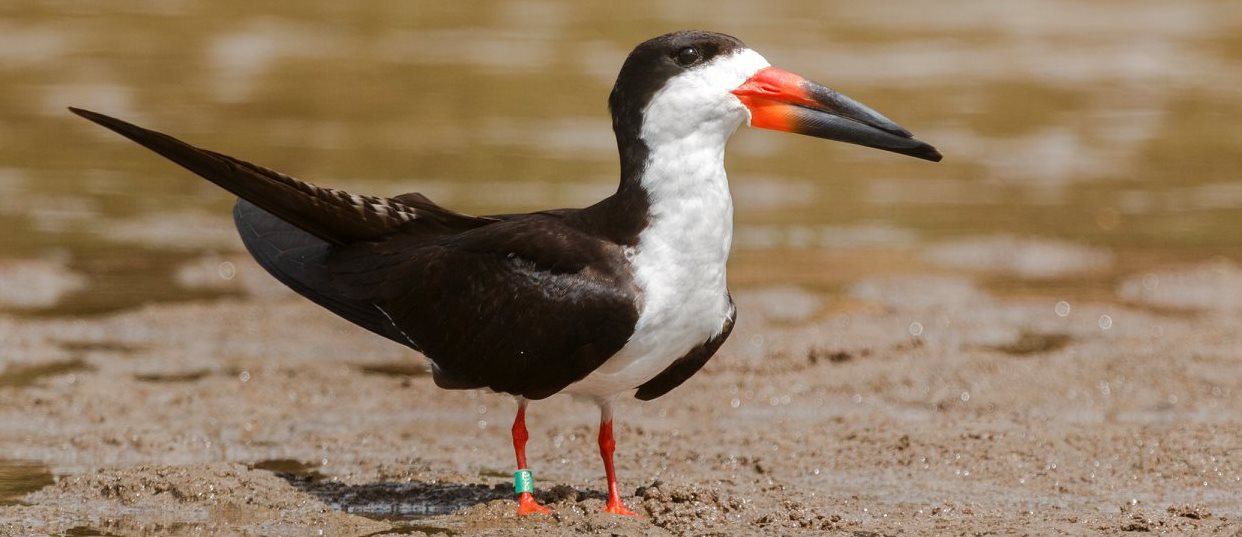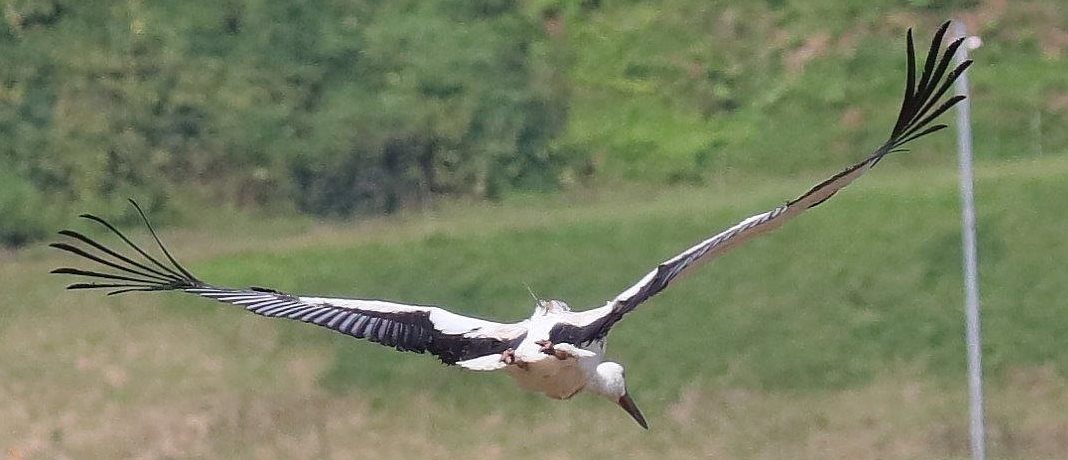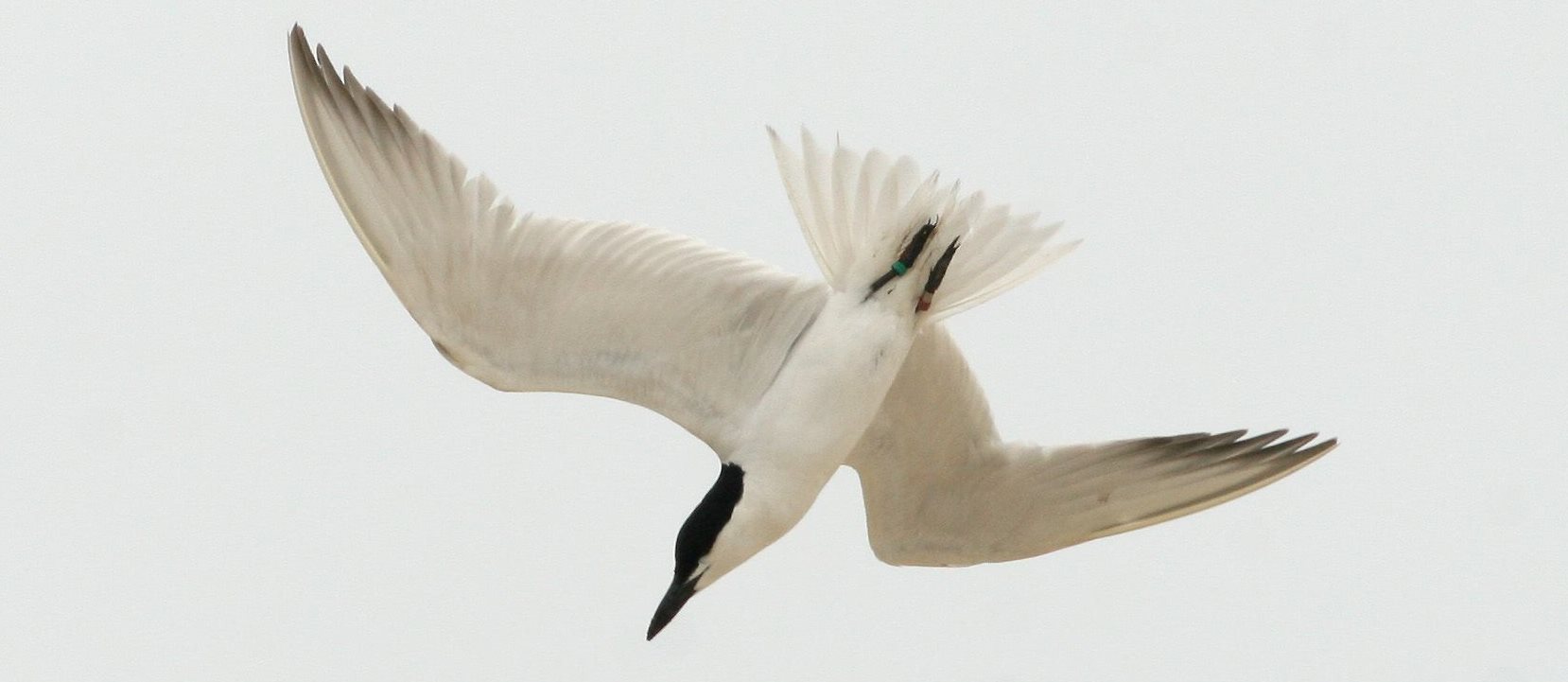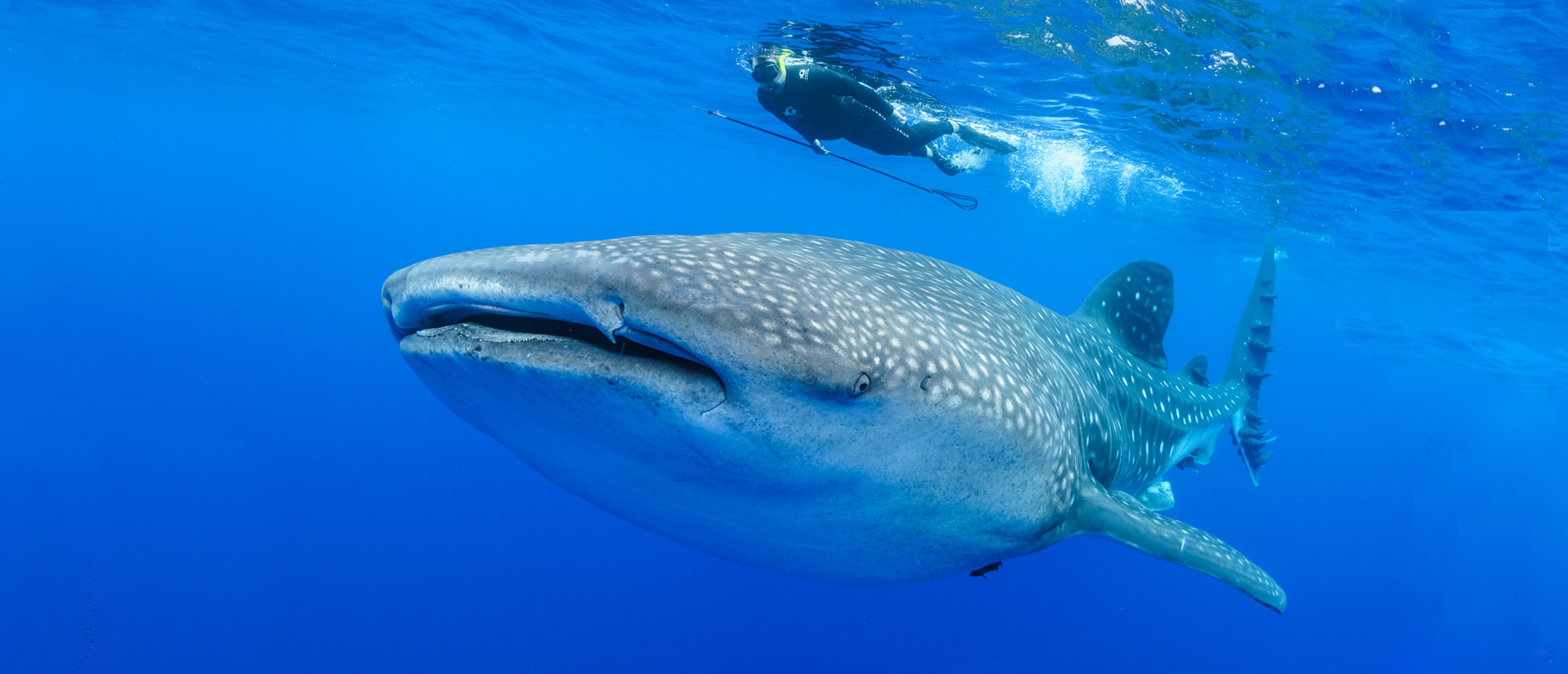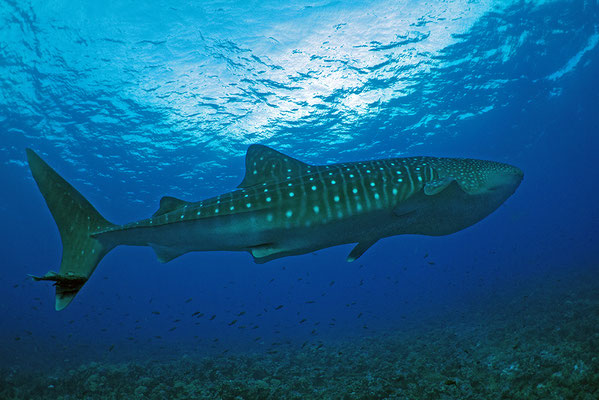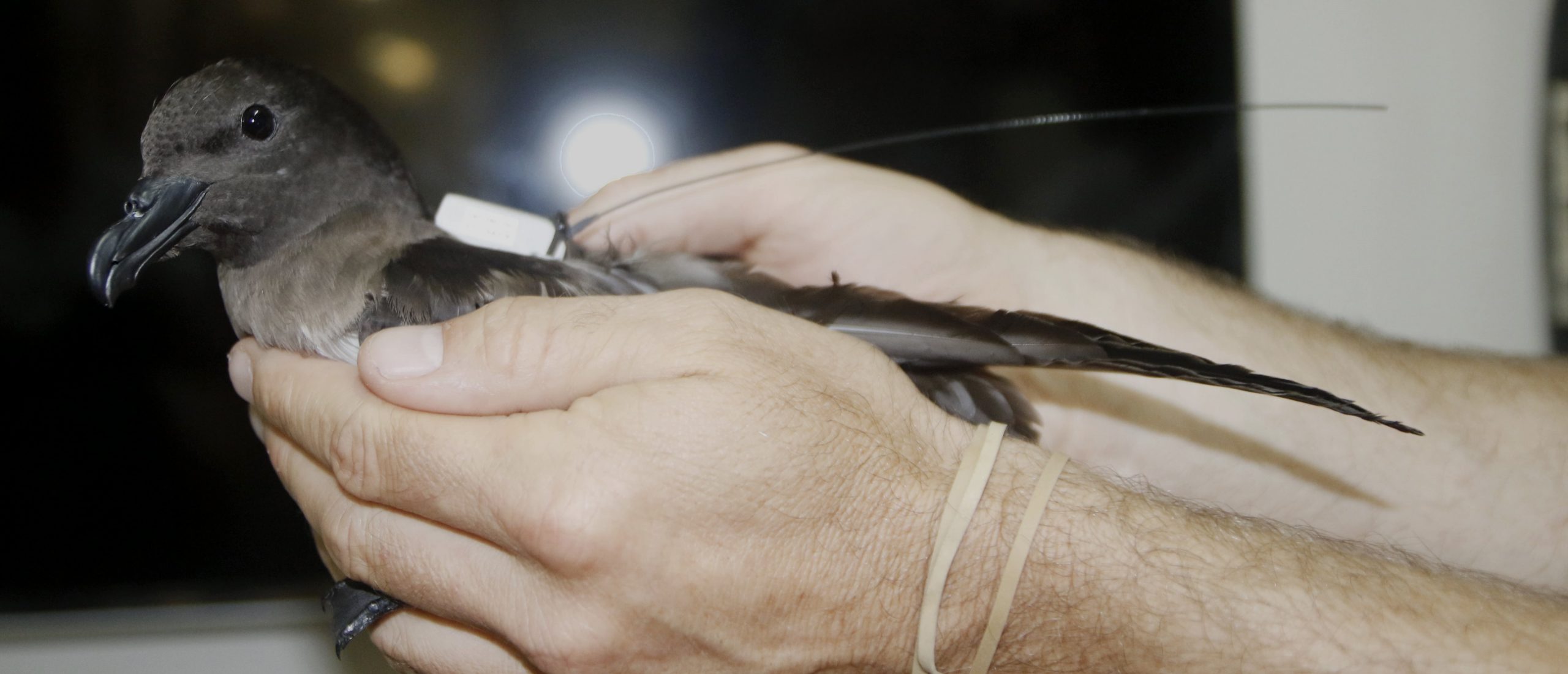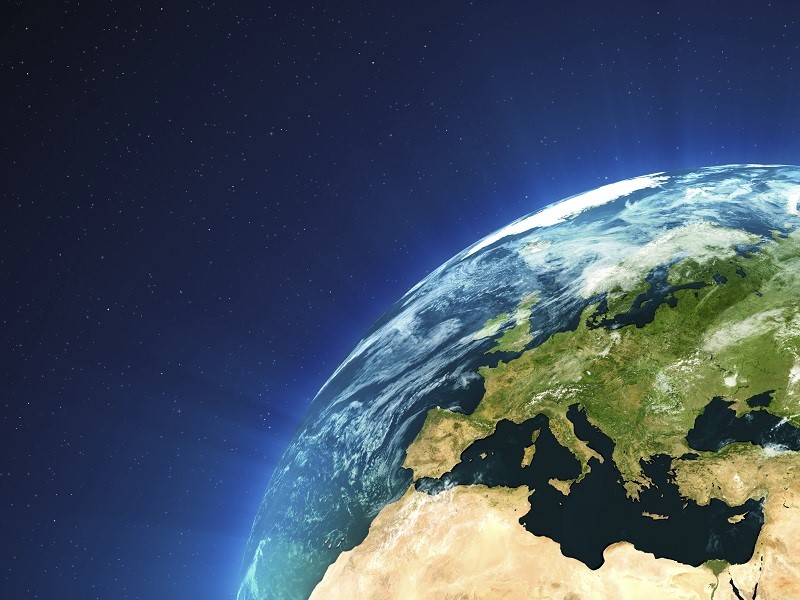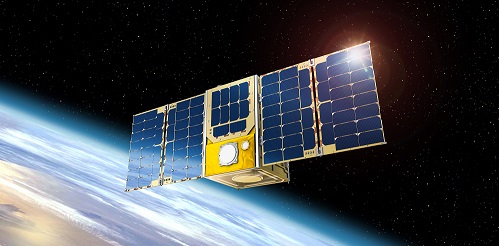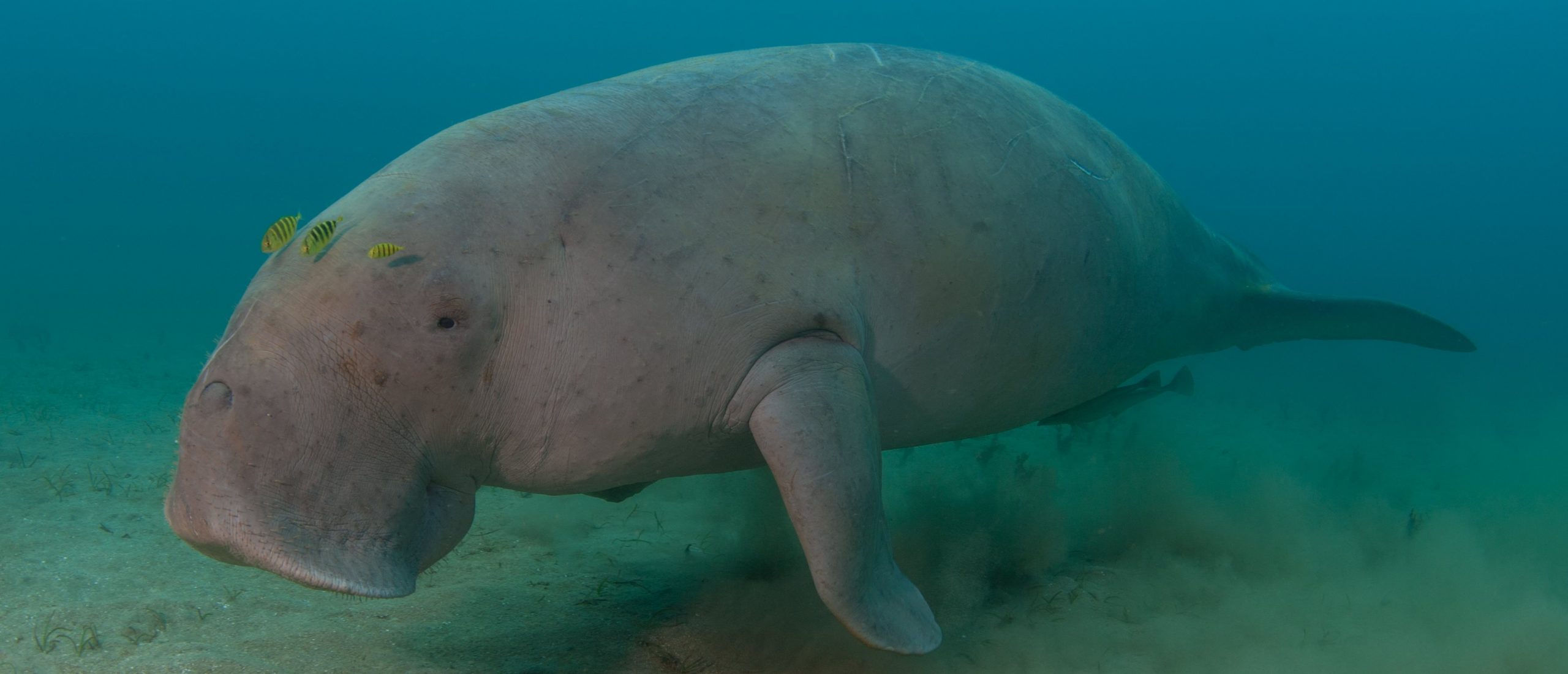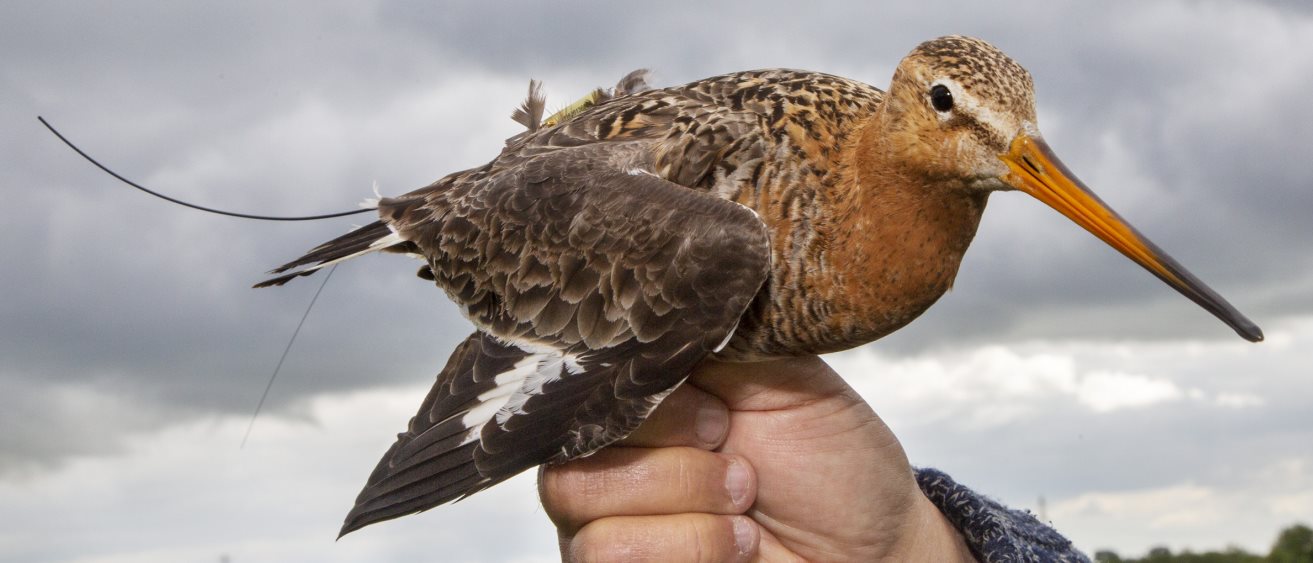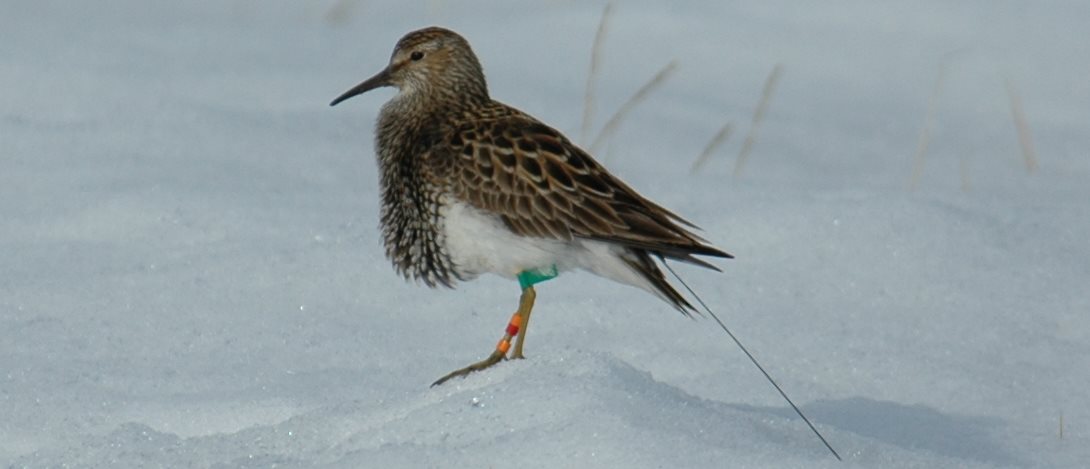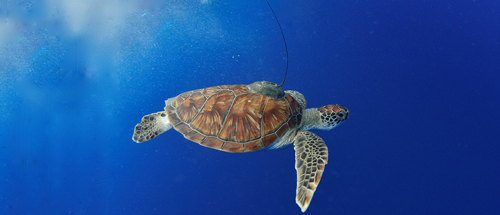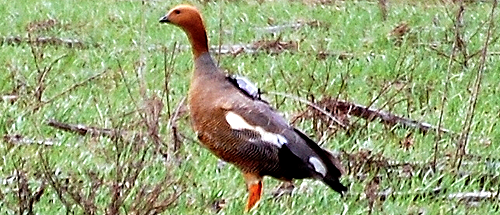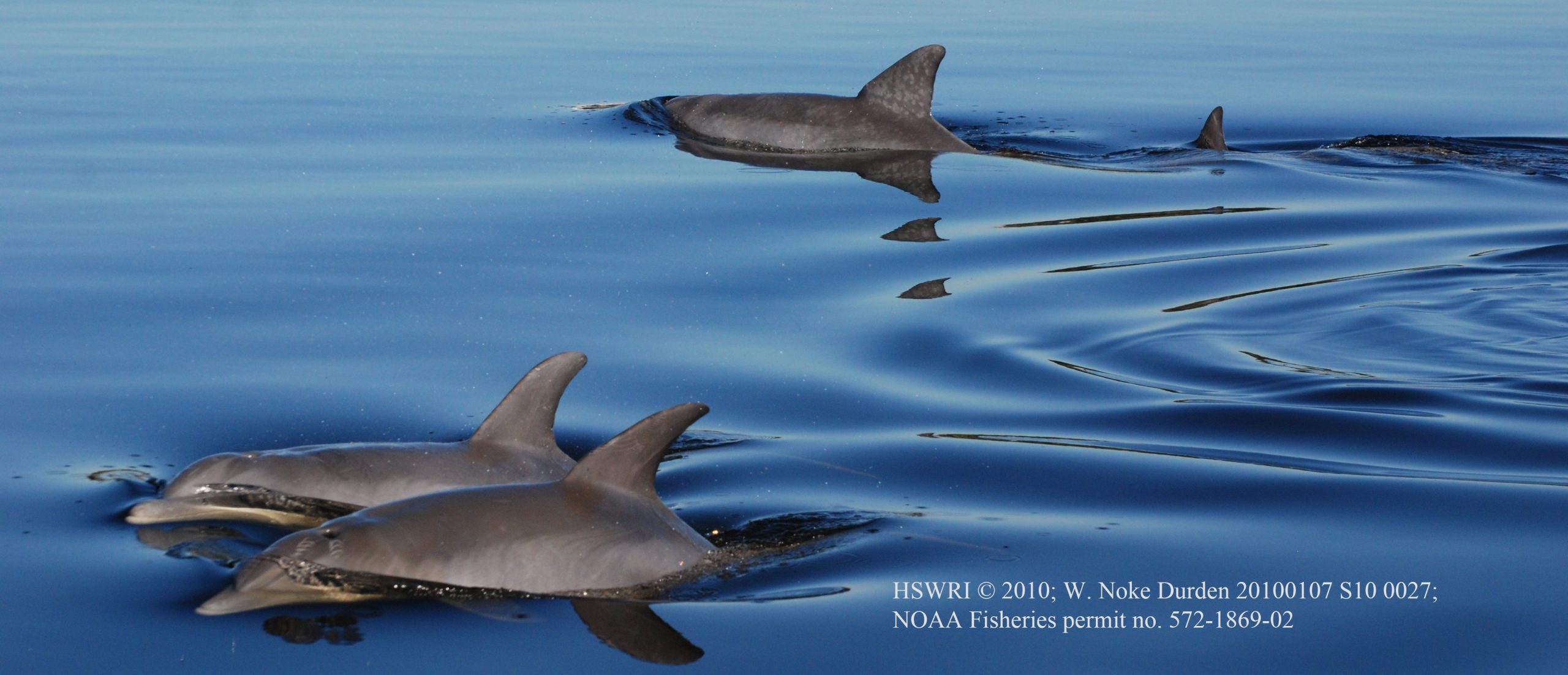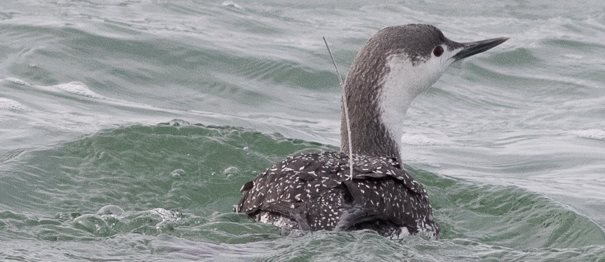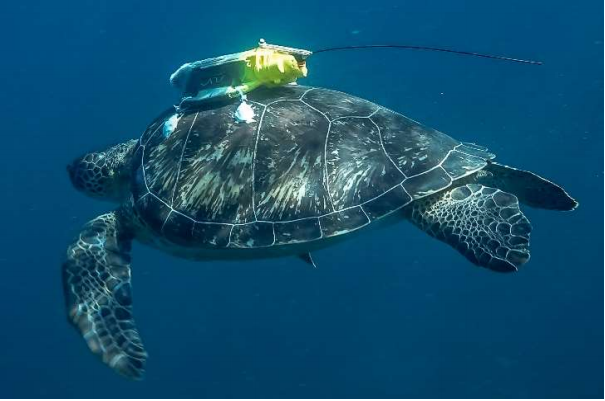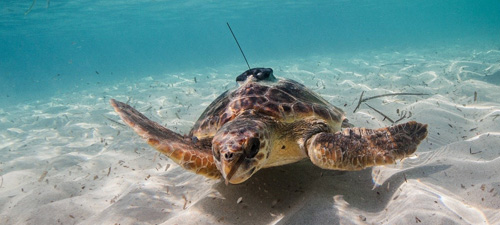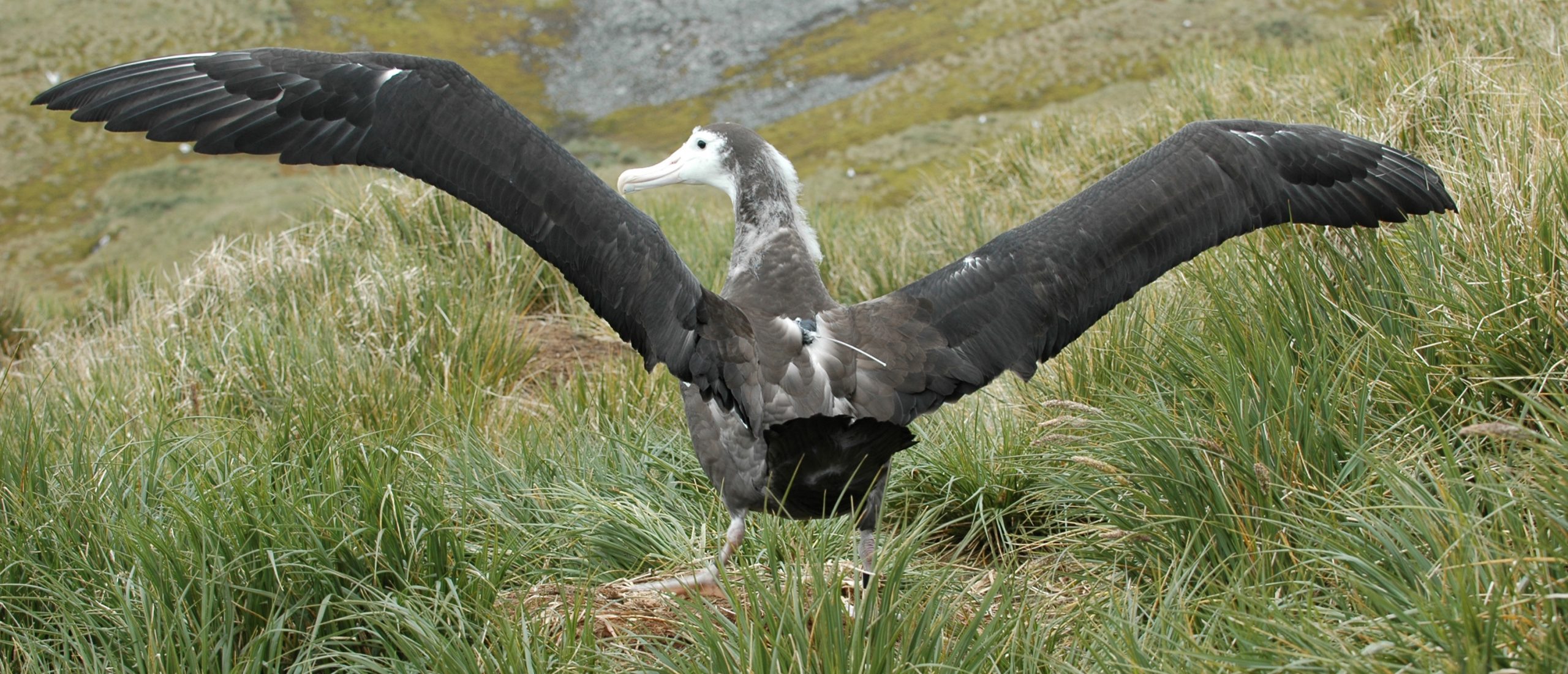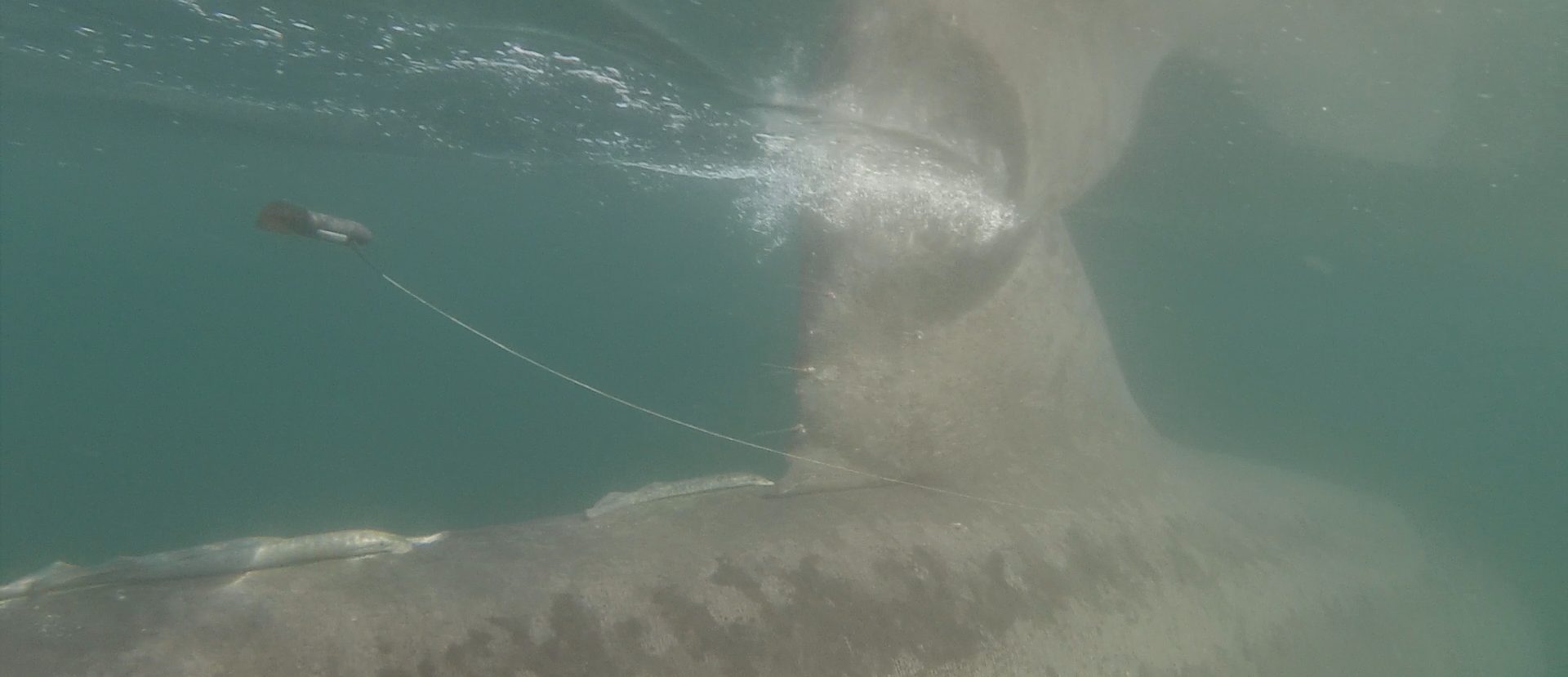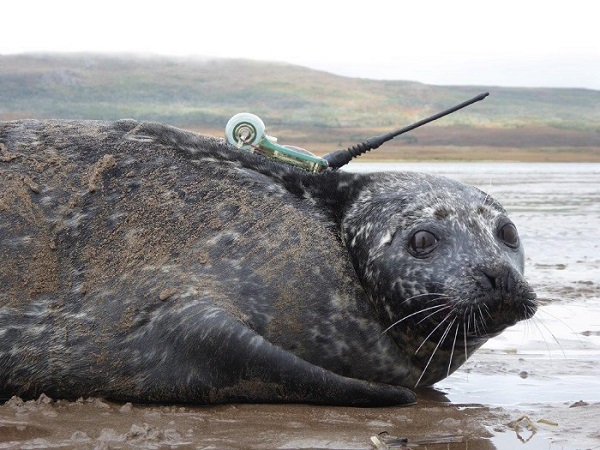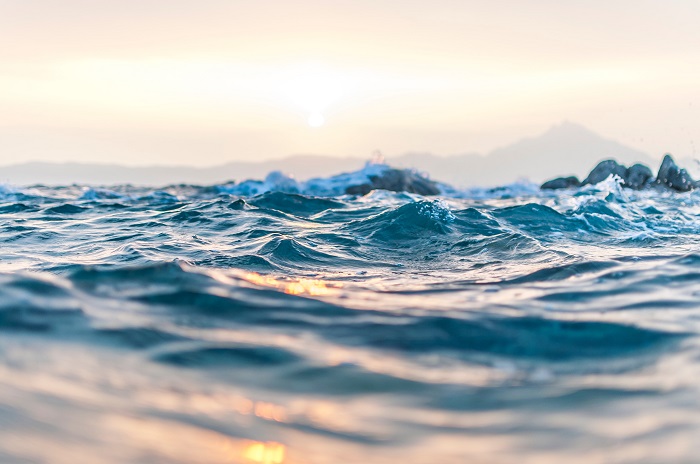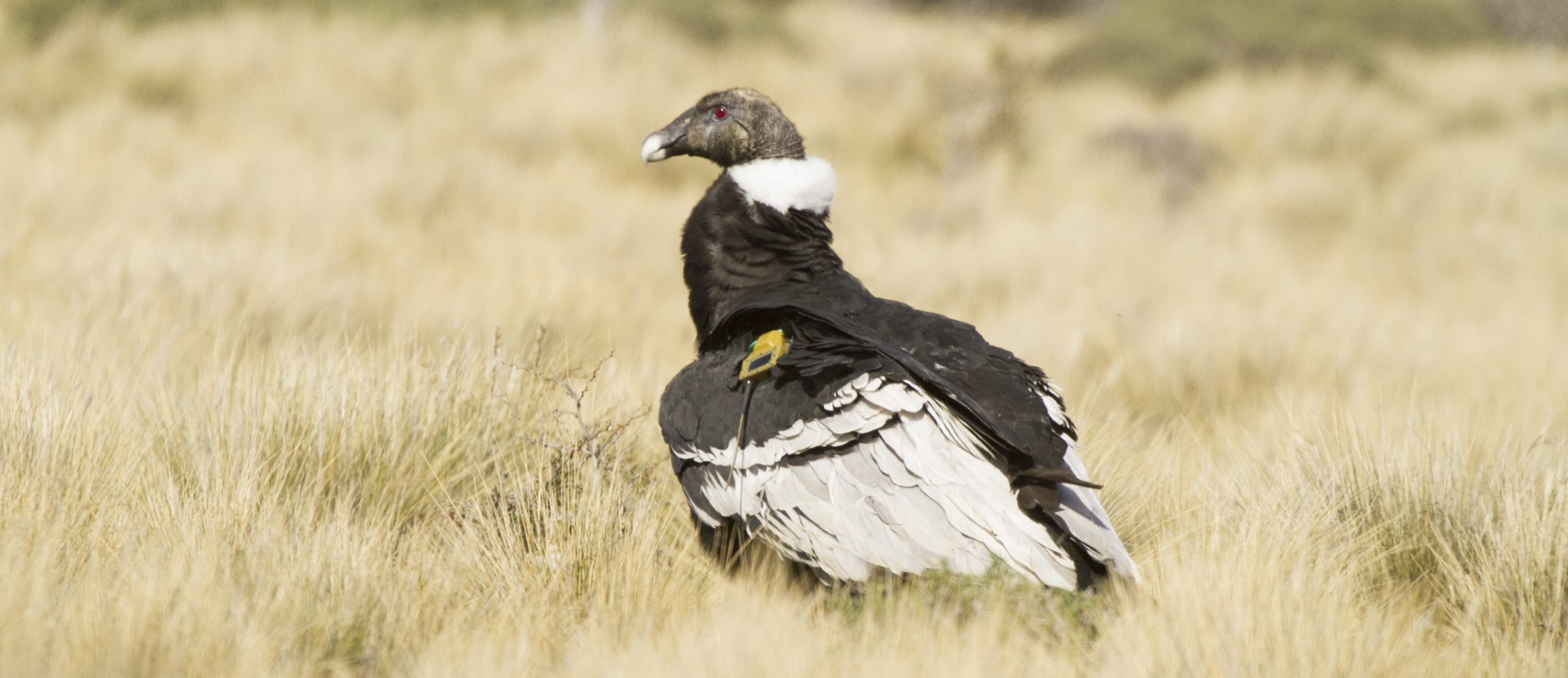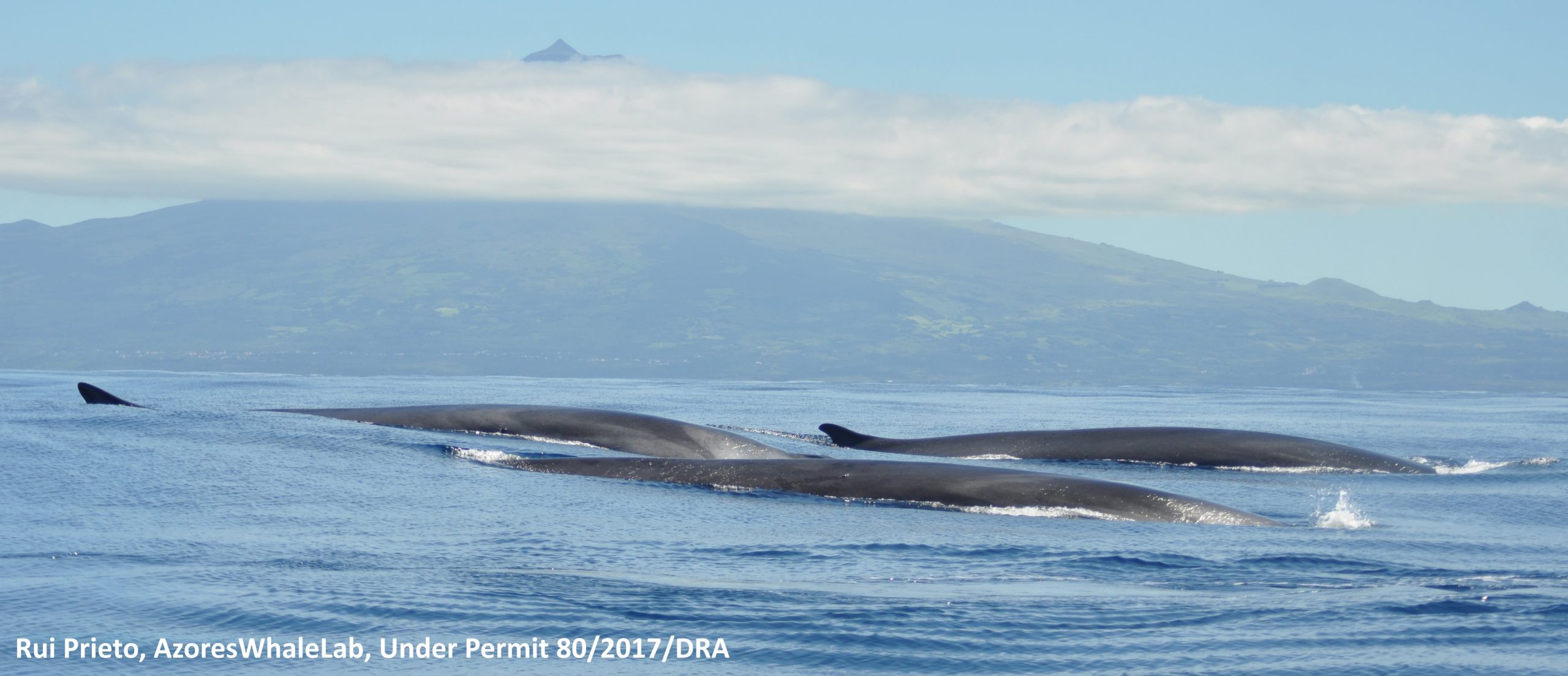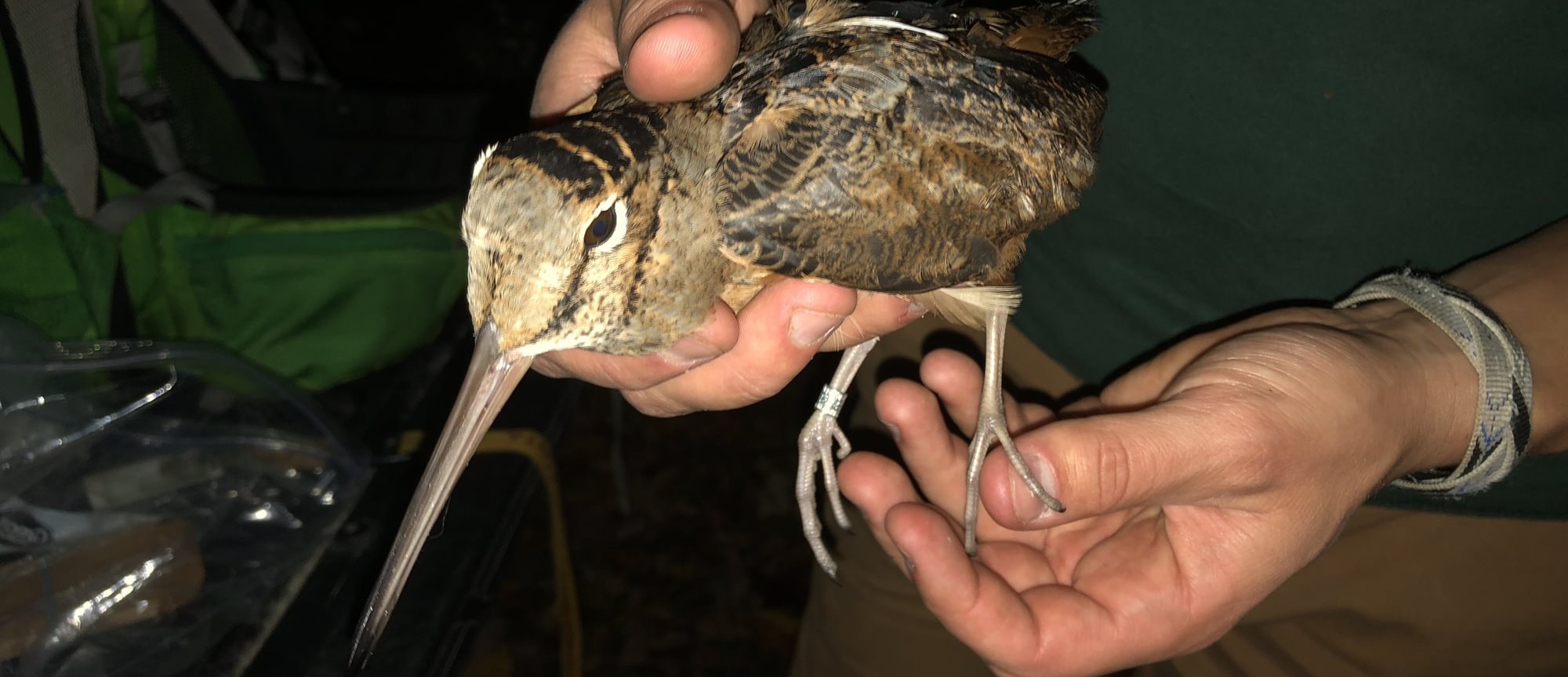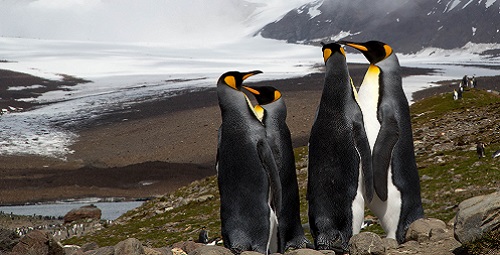Argos News
Search filters
How endangered species such as marine turtles use Marine Protected Areas?
Marine Protected Areas are one of the main instruments for endangered species protection. Argos can help in defining their outlines to have the best impact, especially when a large number of tracks...
Tracking plastic bottles from rivers to ocean
Plastic in the environment, especially in the ocean, is a major pollution concern currently. If it is well established that most of it comes from land through rivers, how far and by which path? A...
The Argos Goniometer recovers data of a tagged fish eaten by a predator
Scientists Chiang, Wei-Chuan (Riyar) & Shian-Jhong Lin, from Eastern Marine Biology Research Center of Fisheries Research Center, Taiwan and Michael K. Musyl from Pelagic Research Group LLC,...
Modelling Amazonian black skimmers habitat use
The Amazon Rainforest is hard to reach, but home to a large number of species. Birds like the Amazonian black skimmers live apart of their life there, but move around a lot. Argos satellite...
Restoring rice paddies to help oriental white stork reintroduction success in Japan
Considering the suitability of the environment is the key to successfully reintroduce a species in an habitat where it disappeared. Oriental white stork disappeared from Japan fifty years ago,. The...
Gull-billed terns keep their migration route and winter sites from year to year
Migratory birds may keep the same routes and the same nesting and wintering sites from year to year. Such species may be all the more fragile if environmental changes occur. Argos satellite...
Whale sharks near Saint Helena Island, Atlantic Ocean
Whale sharks are found in all tropical waters around the globe, including in the Atlantic Ocean. Some places could host their reproduction, thus being critical places to protect and potentially...
News alert: Argos data provides shocking evidence to legitimize Marine Protected Areas
Since 1978 the ARGOS System has been used to improve scientists’ knowledge regarding animal behavior. However, Whale Sharks remain one of the biggest mysteries of the Oceans but thanks to technology...
Unveiling the mysteries of a scarcely known seabird, the Beck’s petrel
Some species can be mostly unknown even nowadays. Beck’s petrel, a seabird living around Papua-New Guinea island is among them. Understanding where they breed, live can enable to protect them. Argos...
CLS Response to COVID-19
In an unprecedented context, France has had to take strict measures once again to protect its citizens. CLS is committed to providing its full support in the fight against the spread of the virus....
Is tracking marine animals really useful for their conservation?
One of the most frequent rationale to fit animals with tracking devices is to help in conservation actions and regulations. In the case of marine animals, is this argument only (or mostly) a wish,...
[WEBINAR] Animal tracking: The future of wildlife telemetry is coming
Since 1978, the Argos Data Collection System has served the international wildlife community. With the Kinéis constellation carrying onboard Argos-4 instruments, the metamorphosis of ARGOS is...
ANGELS satellite operational from 13th October 2020
As you all know, on December, 18th 2019, the successful launch of the first ANGELS nanosatellite, developed by CNES, HEMERIA and Thales Alenia Space, ANGELS marked the beginning of the metamorphosis...
Dugong movements and habitat use in coral reef lagoons
Dugongs are vulnerable herbivorous marine mammals living in tropical and subtropical coastal waters, including in coral reef lagoons. Their behaviour there is however little known. Argos enabled to...
Black-tailed godwits’ different migration behaviours
Migratory birds from a given species are frequently observed to follow the same routes, and do so every year. Tracking different populations with Argos satellite telemetry shows a very different...
Winds influence where male pectoral sandpipers will try and breed
Some migratory birds change their breeding sites every year, or even several times in a season. Pectoral sandpipers are among them, and understanding their breeding behaviour thanks to Argos...
Juvenile green turtle individuals behave differently, satellite telemetry reveals
Tracking the behaviour of a large number of juvenile green turtles in contrasting environments using satellite telemetry enables to show behavioural differences across individuals. The green...
Ruddy-headed geese, endangered sheldgeese on South American continent
Ruddy-headed goose is considered regionally endangered in Argentina and Chile, since recent estimates indicate that population size is less than 800 individuals. Ruddy-headed geese were tracked back...
Tracking bottlenose dolphins by night in narrow channels
Dolphins do have a nightlife, but visual observation techniques cannot fully capture this. Also, coastal populations of dolphins sometimes occupy complex, labyrinthine habitats. Here too...
Red-throated divers move away from offshore wind farms
Argos can help in evaluating overlaps of human activities and protected aquatic bird habitats. With that information, the planning of new infrastructures such as offshore wind farms can take species...
Sea turtle ecology: a novel solution to increase knowledge using Argos
An essential part of animal conservation is knowing and understanding their behavior. More than 500 turtles are tracked every month with Argos so that scientists can identify feeding and nesting...
Data collected from animals can help ocean observing systems
Data collected on animals by Argos satellite telemetry can be provided to physical oceanography, to fill in a number of gaps in the ocean observing systems. A study details how animal-born...
Argos helps in assessing fisheries bycatch risks to seabirds
After more than thirty years of Argos satellite telemetry, the extensive datasets that have accumulated can be used in diverse, large-scale studies. Incidental mortality (bycatch) in fisheries...
Basking sharks’ long journeys between Brittany and Cape Verde
Basking sharks can travel several thousand kilometers in a few months, as was discovered by monitoring their movements with Argos satellite tracking tags. Two basking sharks, in particular,...
Seals tracked by Argos prove great migrators
Did you know that seals are able to learn the melody of the Star Wars theme? Or that scientific studies based on Argos tracking data have confirmed they are great migrators? The grey seal, long...
How does EUMETSAT measure ocean temperature?
The ocean is the world's first heat concentrator. Measuring the temperature of our oceans is one of the key indicators of global warming. EUMETSAT (European Organisation for the Exploitation of...
Conservation priority areas for the Andean condor
Satellite telemetry enables to identify preferred habitats of the Andean condor, depending on their functions. Conservation priority areas for this scavenger bird can thus be better determined. The...
Distribution of baleen whales in the mid-North Atlantic Ocean
Baleen whales are highly migratory, going from low latitude in Winter to high-latitude waters in Summer. Satellite telemetry such as Argos has improved the knowledge of their distribution and...
American woodcock are tracked using Argos satellite telemetry
American woodcock are tracked using Argos satellite telemetry by the Eastern Woodcock Migration Research Cooperative. Those migratory birds, travel nocturnally along the Eastern and central part of...
5 key figures for World Penguins’ Day
On April 25th, 2020, we celebrate World Penguin Day. There are 18 species of penguins worldwide, living almost exclusively in the Southern Hemisphere. From the noble Emperor penguin to the smaller,...


